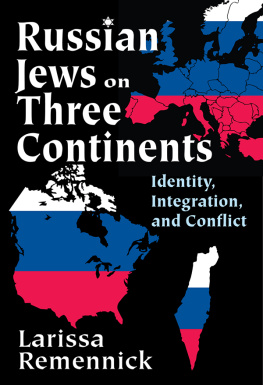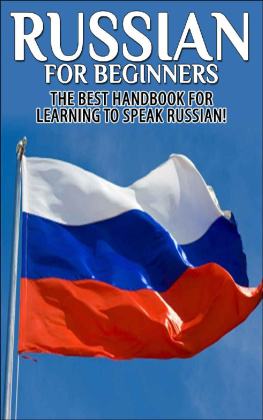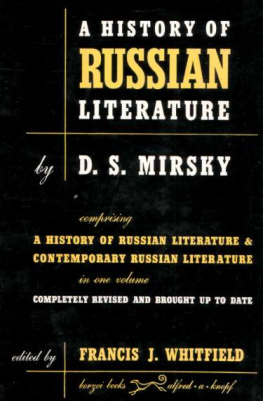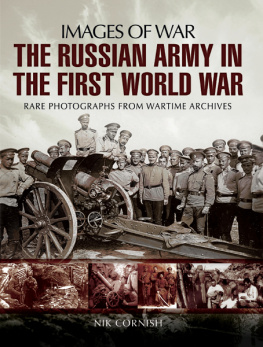1915 Diary of S. An-sky

From left to right: Abram Rekhtman, Solomon Iudovin, S. An-sky, Sholem Aleichem, Olga Rabinovich, M. A. Ginzburg. Petersburg Judaica.
1915 DIARY OF
S. An-sky
A RUSSIAN
JEWISH
WRITER
at the
EASTERN
FRONT
S. A. An-sky
Translated from the Russian and with an
Introduction by Polly Zavadivker

This book is a publication of
INDIANA UNIVERSITY PRESS
Office of Scholarly Publishing
Herman B. Wells Library 350
1320 East 10th Street
Bloomington, Indiana 47405 USA
iupress.indiana.edu
2016 by Polly Zavadivker
All rights reserved
No part of this book may be reproduced or utilized in any form or by any means, electronic or mechanical, including photocopying and recording, or by any information storage and retrieval system, without permission in writing from the publisher. The Association of American University Presses Resolution on Permissions constitutes the only exception to this prohibition.
The paper used in this publication meets the minimum requirements of the American National Standard for Information SciencesPermanence of Paper for Printed Library Materials, ANSI Z39.481992.
Manufactured in the United States of America
Cataloging information is available from the Library of Congress.
ISBN 978-0-253-02045-1 (cloth)
ISBN 978-0-253-02053-6 (ebook)
1 2 3 4 5 21 20 19 18 17 16
For
JEFFREY
Contents
Acknowledgments
IT IS AN HONOR TO THANK THOSE WHO HAVE HELPED TO TRANSform a long lost archival document into a book that bears An-skys name.
I am deeply grateful to Gabriella Safran, who shared her own copy of the archival diary with me and enthusiastically encouraged the work of translating it into English. My profound thanks to Carol Avins for her comments on my first draft of the translation and for the several sources she shared from her previous research on Isaac Babels war diary. As my graduate adviser and mentor, Nathaniel Deutsch provided critical insights and intellectual inspiration at every stage of this project.
The Introduction and diary translation were greatly improved by reviews from Eugene Avrutin and an anonymous reader for Indiana University Press. Sibelan Forrester generously provided feedback that strengthened the translation, as did Yuri Radchenko and Robert Chandler. Sam Casper, Gennady Estraikh, Kiril Feferman, Victoria Khiterer, Joshua Shanes, Dmitry Tartakovsky, and Arkadii Zeltser kindly responded to my inquiries and assisted my search for information in various archives and libraries.
The photographs included in this book were located with the help of archivists and librarians in Ukraine, Poland, the United States, and Israel. I thank Bohdan Shumylovych at the Center for Urban History of East Central Europe in Lviv, Sylwia Zawacka at the National Digital Archive in Warsaw, Vital Zajka at the YIVO Institute for Jewish Research in New York, and Michael Simonson at the Leo Baeck Institute in New York. From Israel, Natasha Ratner sent me family photographs of Boris Ratner, and Tami Hausner Raveh shared with me photographs of her grandfather Bernard Hausner.
I thank Janet Rabinovitch and Robert Sloan, former directors at Indiana University Press, who supported this publication in its initial stages. It has been a privilege to work with Dee Mortensen, Janice Frisch, Mikala Guyton, and Karen Hallman while preparing the manuscript.
Research for the introduction and annotations were completed with the assistance of the Professor Bernard Choseed Memorial Fellowship at the YIVO Institute for Jewish Research, and the Dr. Sophie Bookhalter Fellowship in Jewish Culture at the Center for Jewish History in New York. I also extend thanks to my colleagues at the University of Delaware for helping to create the productive atmosphere in which I have been able to teach and write for the past two years.
This translation is dedicated to my husband Jeffrey Berman, for always drawing me out of the rubble.
Note on Translation
THIS TRANSLATION IS BASED UPON TWO SURVIVING FRAGments of An-skys war diary, now held at the Russian State Archive of Literature and Art in Moscow. The first section was written between January 1 and March 8, 1915, and the second between September 9 and October 10, 1915.
An-sky wrote his diary in Russian, but he frequently used Yiddish and Hebrew in his daily interactions as well as his diary entries. His diary also contains occasional phrases in German, Polish, French, and other languages. This translation seeks to preserve the multilingual texture of the original by presenting foreign terms and expressions in italics. Readers will find explanations of all foreign terms in the notes.
Yiddish terms are transliterated here according to the YIVO classification system. Russian and Hebrew words are transliterated according to the Library of Congress system, although diacritical marks have been omitted, and exceptions have been made for names that have gained common spellings in English (e.g., Gorky, rather than Gorkii; Jabotinsky, rather than Zhabotinskii). The spelling of some Russian names has also been modified in order to facilitate pronunciation (e.g., Fyodor, not Fedor).
Place-names used in the diary refer to locations that were then part of the Austro-Hungarian and Russian Empires and are found in todays Russia, Lithuania, Poland, Belarus, and Ukraine. An-skys Russian spellings have been retained for locations that were then part of the Russian Empire and eastern Galicia. Names of locations then part of western Galicia (found in todays Poland) are given with Polish spellings.
An-skys dates for his diary entries were given according to the Julian calendar, which fell thirteen days behind the Gregorian calendar and was used in Russia until January 1918.
1915 Diary of S. An-sky
Introduction
THE FIRST-EVER PUBLICATION AND TRANSLATION OF S. AN-SKYS diary from 1915 bring to light a remarkable personal account of a watershed era in Russian, Jewish, and East European history. It is a document whose author was both a critical witness to history and a fascinating figure in his own right. An-sky, pseudonym of Shloyme Zanvil Rapoport (18631920) was a Russian Jewish writer, ethnographer, and revolutionary, best known today for his play The Dybbuk, one of the most widely performed works of Jewish theater in the world. In a Russian-language diary that he kept throughout the First World War, An-sky chronicled his experiences working for the Jewish Committee for the Aid of War Victims, an organization known by its Russian acronym as EKOPO. As an aid worker for EKOPO, An-sky played an important role in what was the largest relief campaign ever undertaken in Jewish history to that datean immense coordinated initiative to assist tens of thousands of refugees as well as victims of mass expulsions that were carried out by the Russian Army during the first year of the war.
An-skys aid work among Jewish civilians brought him to Galicia and Bukovina, provinces of the Austro-Hungarian Empire that the Russian Army occupied twice during the war, first in 19141915, and again in 19161917. Inhabited mainly by Poles, Ukrainians, and Jews, Galicia and Bukovina experienced some of the wars most devastating violence, and Jews suffered a particularly harsh fate at the hands of the Russian occupying powers. These territories, which are today divided between southeastern Poland, western Ukraine, and northeast Romania, formed part of what is now known as the Eastern Front of the First World War.
Next page









